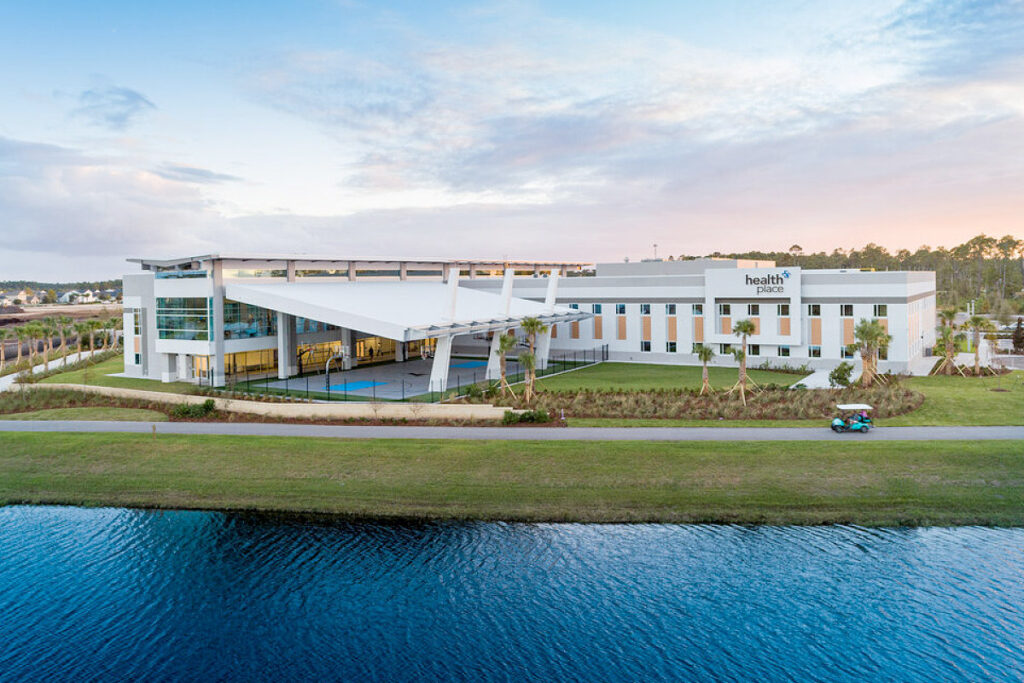Now that you are planning to buy a house, you’ll also be buying homeowner’s insurance at the same time. Your lender will require proof at, or before closing, that you’ve provided insurance protection for the structures on the property, and you will want to protect your personal belongings as well. Homeowner’s insurance, however, is not a one-dimensional product, so here’s a primer on the subject.
Perhaps you’re paying $X00, 000 (the St. Johns County 2022 average sales price) for your new house, but that’s not the amount of homeowner’s insurance you need. Yes, it is probably less! Why? Because if a disaster destroys your house, the land value remains. So, you need enough coverage to replace the structure(s) on your land. The insurance agent will estimate the construction value of your dwelling based on a formula that considers its age, type, location, and size. This amount is the maximum reimbursement you could receive for the replacement of your house, regardless of how much insurance you buy. Obviously then, there is no benefit to gain from over-insuring your home.
Having said that, it is wise to consider your home’s actual replacement cost versus its actual cash value. So here is a local tip: Due to the increased risk of natural disasters, homeowners in St. Johns County should carefully consider whether their policy covers the replacement cost of the home or the actual cash value. Replacement cost policies pay to rebuild the home to its original condition, while actual cash value policies consider depreciation, which may leave homeowners with a smaller payout after a loss. This is worth looking into.
This basic structure-replacement coverage will satisfy most lenders, but you have a good deal of personal property, as well. The insurance agent will help you estimate the value of your possessions – the contents – in order to establish a premium. You could buy actual cash value coverage for your clothing, electronic gear, furniture, and everything else you own – this would pay the depreciated value of your goods. Or, for a higher premium, you could, once again, buy replacement cost coverage for these things. Chances are you would want to buy new clothes, not used, if your wardrobe got destroyed in a fire. Ditto with electronics gear and many other objects in your home.
When you’re packing up in readiness for the move, it’s a great time to develop an inventory of everything you own. Make a list (and take photos, too) of appliances, furniture and major objects by manufacturer, date of purchase, and price. Remember to list things you may not think of in terms of value: clothing, books, pots and pans, trinkets, knickknacks, and so forth. Get current appraisals of antiques, art, and other items of value. The inventory and pictures will help you and your insurance agent update your contents coverage and support your claim if you suffer a loss. Keep a copy of the inventory in a safe place and update it annually or whenever you make a significant purchase.

In Florida, you always need to be prepared for the next natural disaster
Types of Coverage
Most homeowner’s insurance policies will cover damage caused by such perils as fire, windstorms, hail, lightning, theft or vandalism. It will pay to repair or rebuild your home if it is damaged or destroyed by the items listed in your policy. It will not pay for damage caused by flooding (which is an issue for insurance companies in St. Johns County), or routine wear and tear.
For more money you can get an “all risk” homeowner’s policy which does pretty much what its name implies. “All risks” means that any risk that the contract does not specifically omit is automatically covered. For example, if an all-risks homeowner’s policy does not expressly exclude flood coverage, then the house will be covered in the event of flood damage. All-risks insurance is obviously the most comprehensive type of coverage available. It is therefore priced proportionately higher than other types of policies, and the cost of this type of insurance should be measured against the probability of a claim.
Even an “all-risk’ policy has certain limitations. Common exclusions are damage from floods, termites, war, neglect, earthquakes, or intentional loss. Here is a discussion of a few in detail:
Flood Insurance: Standard home insurance policies typically do not cover flood damage. St. Johns County is susceptible to flooding due to its coastal location and low-lying areas. Homeowners may need to purchase a separate flood insurance policy through the National Flood Insurance Program (NFIP) or a private insurer.
Hurricane and Windstorm Coverage: The risk of hurricanes and windstorms is higher in Florida, especially in coastal areas like St. Johns County. Some insurance policies may have separate deductibles for hurricane or windstorm damage. Homeowners should verify the coverage and deductibles associated with these perils.
Sinkhole Coverage: Florida is known for its sinkhole activity due to the state’s underlying limestone geology. While standard home insurance policies may cover catastrophic ground collapse, this coverage may not include damage from smaller sinkholes. Homeowners should consider adding sinkhole coverage to their policy if it’s not already included.
Discounts for Mitigation Measures: Homeowners who have taken steps to protect their properties from hurricanes, floods, and other natural disasters may be eligible for discounts on their home insurance premiums. Common mitigation measures include installing hurricane shutters, reinforcing roofs, and elevating homes in flood-prone areas.
Increased Premiums: Due to the heightened risk of natural disasters, homeowners in St. Johns County may face higher insurance premiums compared to other areas in the United States. Shopping around for the best rates and coverage is essential to finding the most suitable policy for your needs.
And Finally…
There are often policy limits – commonly about $1,000 to $2,500 – for theft of certain classes of belongings – silver and gold, money, firearms, and furs are examples. You should ask your insurance agent what types of policy riders are required for these, and also what your personal responsibilities for safeguarding them are.
You are not an expert. It is best to discuss your coverage needs with a knowledgeable insurance agent who can help tailor a policy to fit your situation and possessions.







